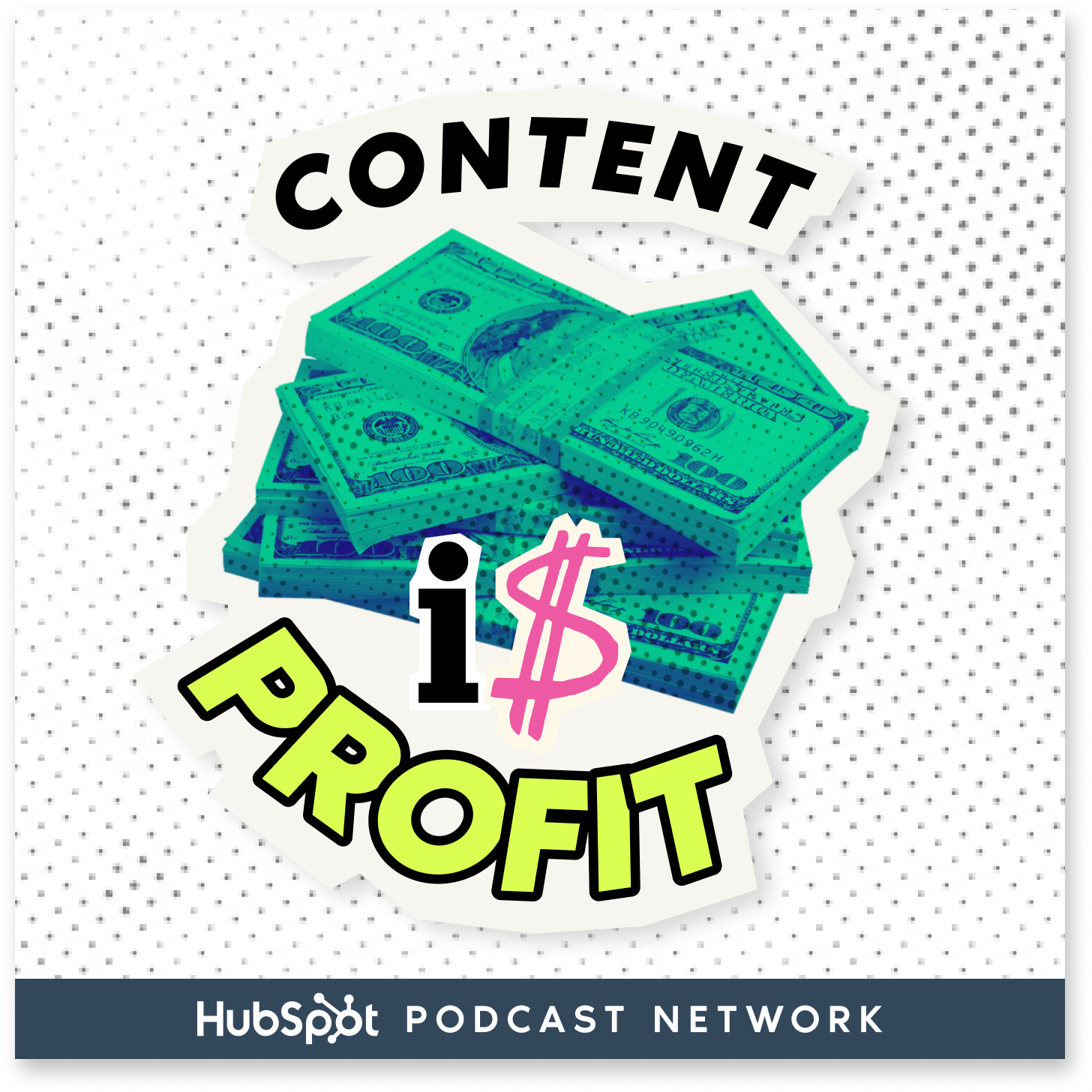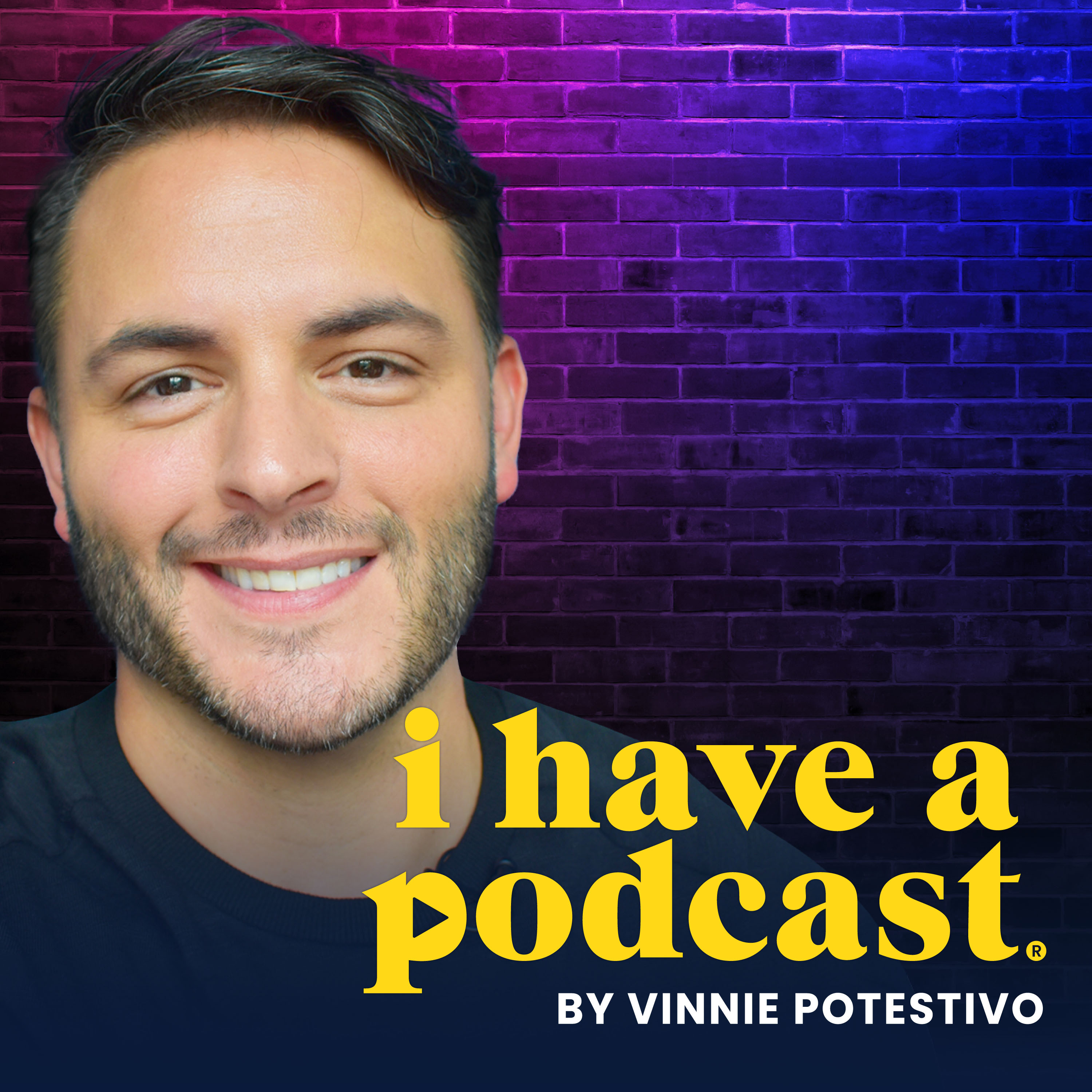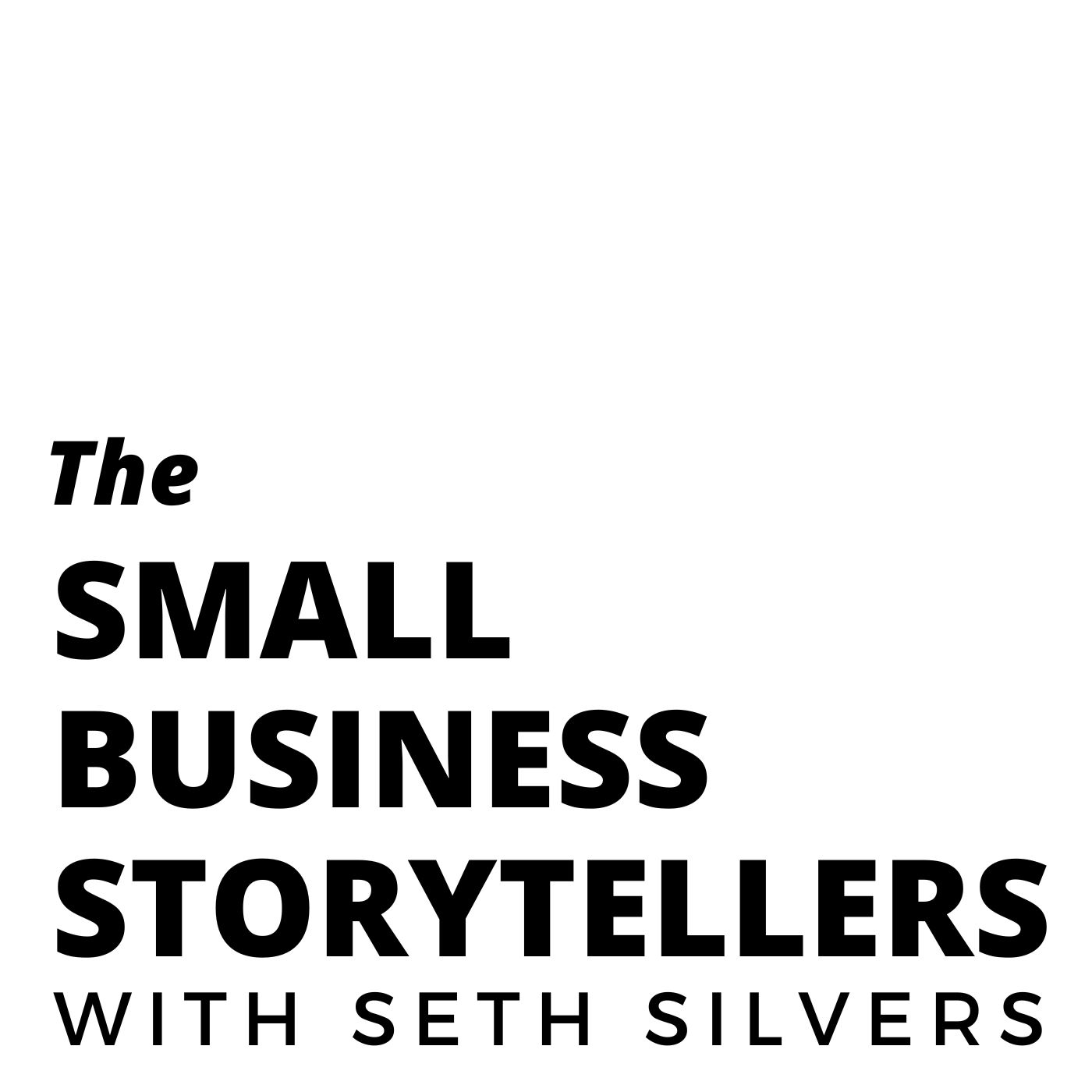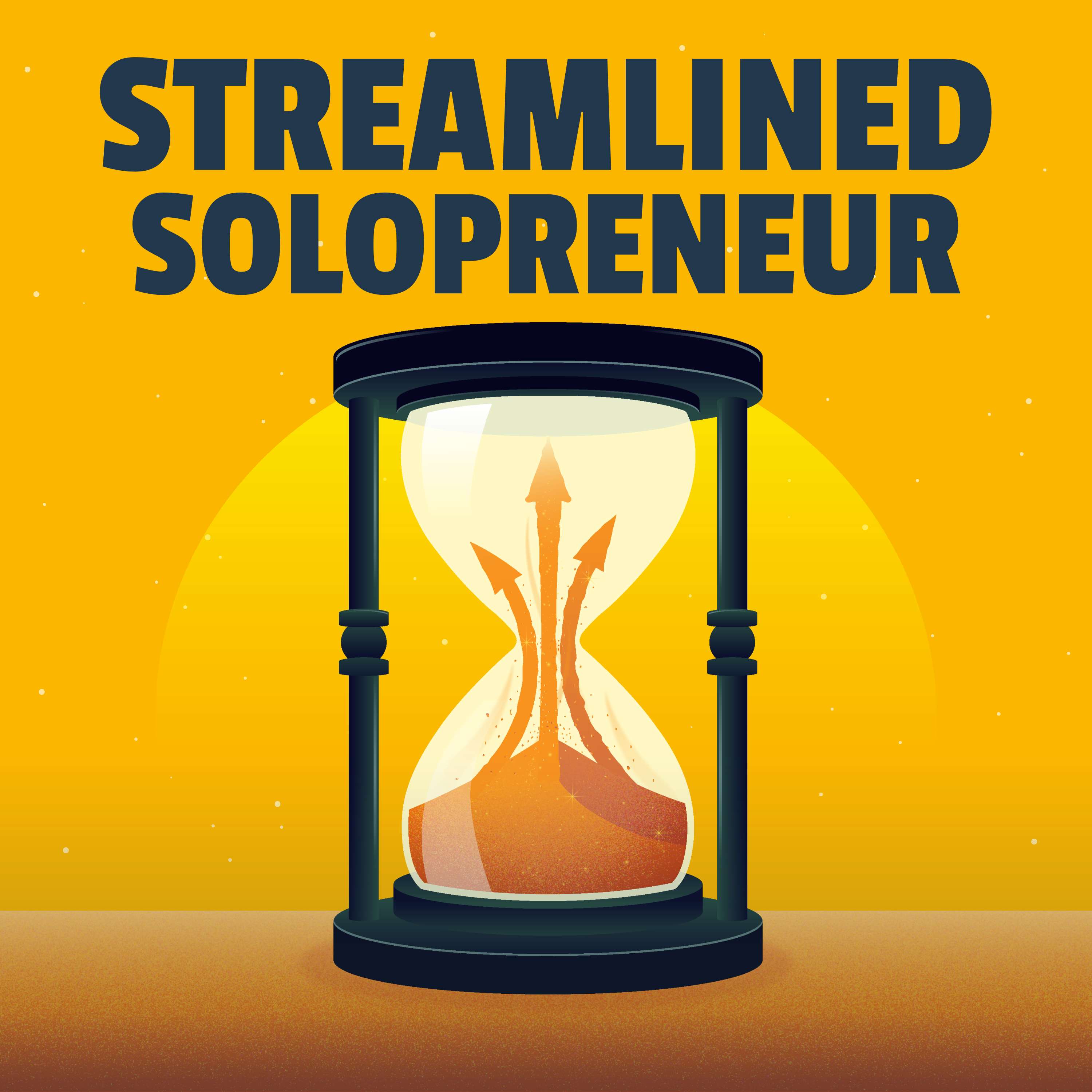
Podcasting Made Simple
Podcasting Made Simple is the premier podcast about podcasting! We’re here to help podcast guests and podcast hosts reach more listeners and grow their income so they can change more lives! Join Alex Sanfilippo and other podcasting industry experts as they share how you can level up on either side of the mic! (Show notes and resources: https://PodMatch.com/episodes)
Podcasting Made Simple
Monetizing Your Podcast with an Online Course | Shannon Boyer
Are you a podcast host struggling to monetize your show? You're not alone! Very few podcasters have ever reported making money with their podcast. Thankfully, there's a simple path to becoming a profitable podcaster! In this episode, Shannon Boyer explains the three key elements to developing a helpful online course as a source of revenue and audience engagement. Get ready to start making money through your podcast!
MORE FROM THIS EPISODE: HTTPS://PODMATCH.COM/EP/284
Chapters
00:00 Monetizing Your Podcast with Online Courses
01:21 Curating Content for Online Courses
08:16 Adding Application Lessons to Your Course
Takeaways
- Curate your content based on what your students want to learn and achieve.
- Include the three types of learner interactions: learner-to-content, learner-to-instructor, and learner-to-learner.
- Provide opportunities for students to apply their knowledge and skills outside of the course.
- Value in online courses comes from carefully curated content and meaningful learner interactions.
MORE FROM THIS EPISODE: HTTPS://PODMATCH.COM/EP/284
🎁 Want 5 quick ways to level up as a podcast host, guest, or agency that you can read in less than 5 minutes? Visit https://PodMatch.com/Free! (No email address required)
You're listening to Podcasting Made Simple. Hi there. As a podcast host, you've put a lot of time and effort into creating an amazing podcast with awesome content. And at this point, you're probably thinking to yourself, how do I monetize all of this? There has to be a better way than paid advertisements. Well, don't worry, there is. My name is Shannon Boyer. And I'm going to be talking about the three things you need to do to monetize your podcast with an online course. Now, stay with me here. If you're thinking, oh, online courses are so 2022, the market is oversaturated and it's impossible to get noticed and people aren't buying like they're used to. If that's what you're thinking, you're right. There are a lot of low quality online courses on the market right now that are over promising and under delivering. in an effort to make the course creator millions of dollars in quote unquote passive income. Unfortunately, I'm here as the bearer of bad news today. Education is not passive. Creating and delivering a valuable course that gets your students results and has the potential to be scalable and have longevity is actually hard work. But if you're up for the challenge and you want to provide an amazing product for your students, I'm going to share with you the three things you need to do to create a high touch, high quality, high impact online course that will not only get your students results, but that will also earn you raving reviews, amazing affiliate sales, and loyal fans who will want to work with you again and again. So the first thing you have to do as a podcast host is you have to curate your content. You have a mass of content and information right now, but it's pretty random. You might have a couple partner shows or a three -part series here and there, but for the most part, your topics are organized according to what was popular at the time, what you were interested in in the moment, or whatever an amazing guest had to talk about. When you're creating a course though, the most important question you need to ask yourself, is what do I want my students to learn in this course? It's not what do I want to teach or what do I want to talk about. It's really what do my students want to learn? What will help them solve a problem in their lives? What do they want to achieve? You need to be able to finish this sentence. By the end of this course, learners will be able to blank. What will they be able to do? So in other words, what will they be able to do differently the day after the course ends that they were not able to do the day before the course started? After that, you need to start carefully selecting content and lessons that will help them achieve that goal. You need to work backwards. So start with the end result. What is it that they're going to be able to do by the end of the course? And then what are the skills that they need to have in order to be able to do that? Teach them that. And then what are the skills that they need to have in order to be able to do that? Teach them that and so on. So remember that less is more. Value doesn't come from a lot of content. We think we want to put a lot in there so that people see value and they feel like they've gotten their money's worth. But value comes from carefully curated content that is presented in the right way in order to help students achieve their goals efficiently and as effectively as possible. So the value comes from the result of the course, not from the amount of content that's in the course. The next part of curating your content is ensuring that it's presented in bite-sized chunks. Courses are not like podcasts. It's okay for a podcast to be 20, 30, or even 40 minutes long because your listeners are consuming the information in a different way than they do when they are learning something deeply. Your video lessons should ideally be between 5 and 10 minutes long, 15 minutes if they have to be, and never longer than 20 minutes. Now, you're probably thinking to yourself, that's great, but I've already given away so much for free on my podcast. Even if I repackage it like you're telling me to, why would someone want to pay for something that they could essentially get for free? That's a good question. The answer is that you can't just repackage your existing content and expect people to pay for it. You need to add value. And the way you do that is by considering the three types of learner interactions in online courses. So Michael G. Moore started talking about these interactions way back in 1989, and they're even more important today. So especially in light of chat GPT and other AI advancements, you have to go above and beyond content. Content is not enough. So. Ironically, the first type of interaction to think about is learner to content interactions. You've got to have the content there. These are the interactions that we predominantly think of when we're talking about online courses. They are the video lessons, the workbooks and supplementary written materials, the audio files that students are interacting with to learn the content. So you are probably going to use your podcast content as a starting point and re-record it in video format. Now, you can't just translate it directly. You also have to think about what does a lesson format look like? I'm not going to talk a lot too much about this here because I really want to focus on the next two interactions, which are often overlooked and undervalued by course creators. So the second type of interaction that you want to consider when creating your online course is the learner to instructor interactions. These are the... Interactions students have with you, other experts that you've hired to participate in the course, or members of your team. Are students able to ask you questions through email, in a forum, or in a live Q&A? Do you provide group or one -on -one coaching? Can they interact with you via Voxer or other channels? Can they get feedback on their work? This is often the first type of interaction that's cut out of a course in an effort to make that quote unquote, passive income. The goal is often how can I cut back on my work while still making a ton of money? And the fact is that it's important to look at the course from the student's point of view, the learner's point of view, the customer's point of view, the person who's paying their hard earned money for your course. They don't want to pay for a course that you've just dialed in. They want to pay for a course that you are at. in and that you're providing value in. So you have to think about it from their point of view. What would you want to invest your money in? What kind of quality would you be expecting from a course? And the third type of interaction that you want to consider when you're designing your course are the learner -to -learner interactions. So I think these are most often looked interactions in an online course because we don't think there's a lot of value in them. And yes, it applies to your community forum, but there's so much more value in providing opportunities for your students to network with each other, to learn from each other, to motivate each other, and hold each other accountable. You don't have to do it all. So this can look like accountability partners, small groups that are either directed or peer -led, or even in -person events. I personally have made some amazing friends, colleagues, and confidants through online courses. And learner -to -learner opportunities are one of the most important things that I look for when I'm choosing an online course to invest in. So this was what it means when I refer to a high -touch course. By ensuring that your course includes all three types of these learner interactions, you add value that people are willing to pay for, you create quality experiences that help your students get results, and you set yourself apart from others in the industry who are just trying to make a quick buck. The third consideration when planning a high quality online course that provides value and that gets your students results is to look for opportunities for your students to apply their knowledge. What does this mean? Well, you've probably heard the adage, your free content is the what and why, your paid content is the how. Am I right? Well, unfortunately, that's not enough. You do need to teach the how, but you also need to help your students apply what they have learned to their lives outside of the course. You don't want them to simply binge your content and then do the exact same thing tomorrow that they did yesterday. If your course is going to be transformational, then it needs to affect how your students think or change what they do. So there are several ways that you can add application lessons into your course, but the most basic way to get started with this is to make sure that every lesson and every module has a specific call to action. that requires students to do something with the skills they have been taught or the information they have learned. When you're teaching a skill, you want to provide opportunities for guided practice. An old colleague of mine used to call this my teaching voodoo, but I really can't take credit for it. It's a process called the gradual release of responsibility, and it's what all master teachers do. When you're teaching a new skill, you will go through the process of I do, we do, you do. The I do is the demonstration. The instructor shows the students what they need to do. The we do is the guided practice. This is where you allow the student to try this skill on their own, but with your supportive help. So you might ask them to determine what they might do in a hypothetical situation. And afterwards, they watch a video where you give your take on the situation and your reasoning behind the steps you would take so they can compare what they would have done versus what you would have done in a similar situation. Finally, you have the you do. This is when the student is going to go out on their own and practice the new skill independently. In your course, be explicit about what they should do, where they should do it, and what the criteria are for success. What does success look like? Can you provide a checklist or an example for them to refer to? And for good measure, add in an important learner interaction here, like inviting them to share in your community for input. or have them submit their work to you or your team for feedback. So let's recap. As a podcast host, you have a wealth of content that could be the beginning of a profitable and transformational online course, but you have to add value to that content in three important ways. First, you need to carefully curate your content in order to help your students achieve a specific result. Second, You need to consider the three essential learner interactions, learner to content, learner to instructor, and learner to learner, in order to add value to your free content. And third, you need to ensure there are strategic opportunities for the application of each lesson so that students walk away from your course thinking, feeling, and doing things differently than they did before they took your course, which might include some voodoo. That's it. Easy, right? Creating a high -touch, high -quality, high -impact online course is hard work, but it doesn't have to be difficult. If you're willing to put in the effort to ensure that your course delivers on its promises, you will not only reap the financial rewards, but you will also benefit from the amazing sense of satisfaction that comes from helping someone else achieve their full potential. I'm Shannon Boyer, and it's been an honor to be here today. Thank you very much. For more episodes, please visit podmatch.com forward slash episodes. Thank you so much for listening.










